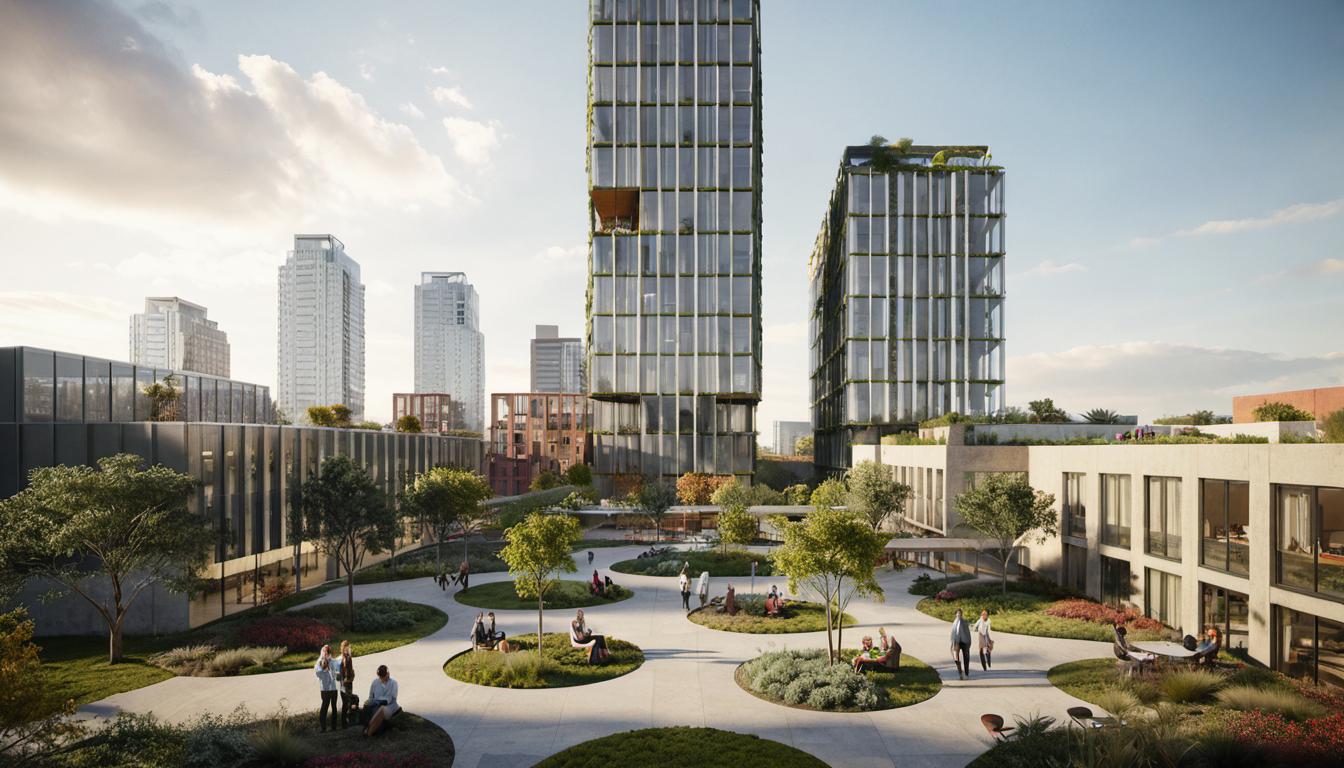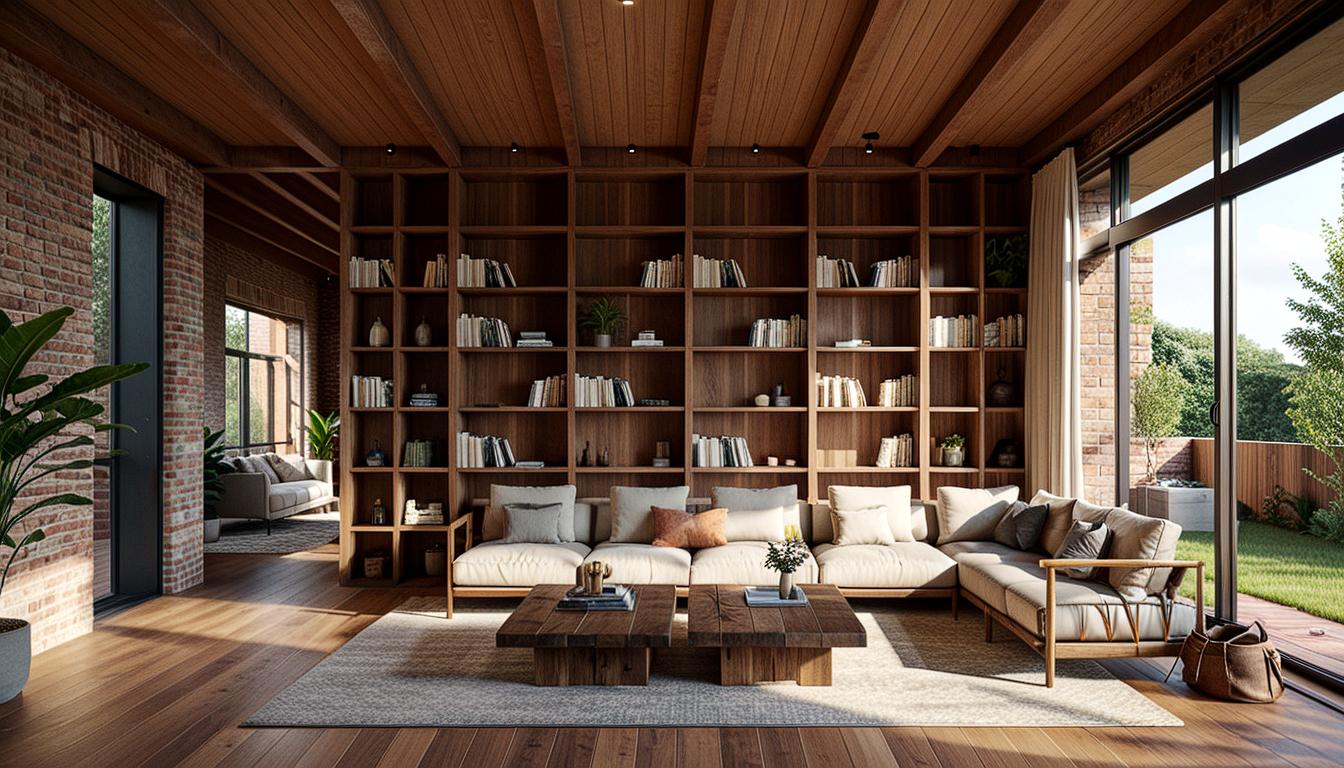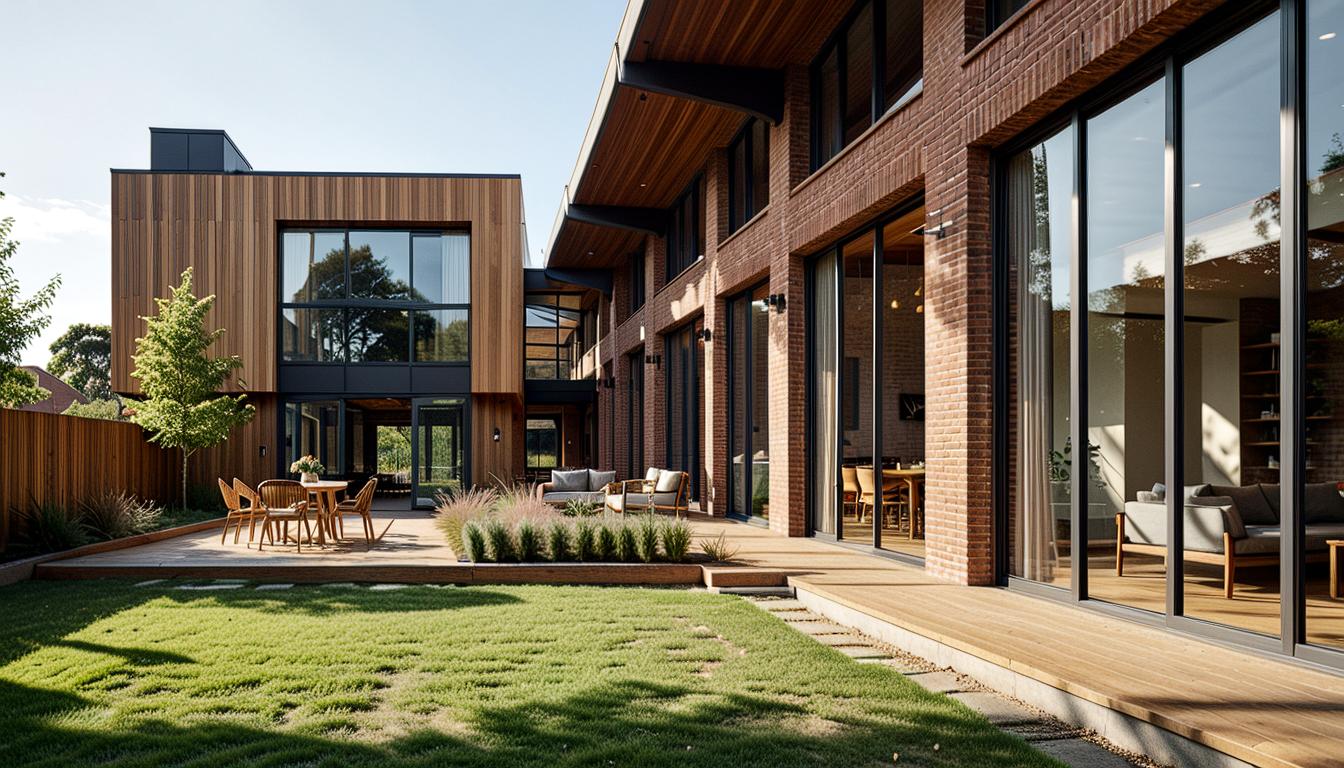Introduction to AI in Architectural Rendering and Visualization
Artificial Intelligence (AI) continues to shape countless industries with the realm of architectural design and rendering experiencing significant influence. The move from hand-drawn perspectives of the Renaissance era to engaging AI-guided digital collages in contemporary times signifies a fresh new chapter in architectural visualization. The advent of AI has added a new dimension to architectural rendering, fostering better specificity in design features and enhancing overall visualization.
The Role of AI in Architectural Visualization
AI tools play a crucial role in propelling creativity and exploration in architectural visualization. They aren’t replacing the artist but providing powerful assistance in activities, including word prompt testing and digital collage examination. Such tasks bring about a marked improvement in visualization outcomes, proving useful for architects, interior designers, and other related professionals.
FAQ
- What is the role of AI in architectural rendering and visualization?
- What are some of the key AI tools useful for architectural visualization?
AI in architectural rendering and visualization serves to enhance creative expression and detailed exploration of architectural projects. This is achieved by aiding in tasks, such as word prompt testing and digital collage examination.
Key AI tools beneficial to architectural visualization include Midjourney, Stable Diffusion, DALL·E, ArchitectGPT, Adobe Firefly, and Visoid. Each of these tools offers unique features that enhance the visualization and rendering process.
Top AI Tools for Architectural Visualization
AI technology has led to the development of numerous tools beneficial to professionals involved in architectural rendering. These tools, such as Midjourney, Stable Diffusion, and DALL·E, boast unique features, making them a must-have in an architect’s toolkit.
Midjourney
Known for its architectural appeal, Midjourney shines as an AI visualization tool. It produces conceptual imagery via text prompts and offers distinctive image manipulation features. The tool’s “/imagine,” “/blend,” and “/shorten” commands are ideal for generating renderings, seamlessly blending images and finding shorter prompts, respectively.
Stable Diffusion
Stable Diffusion, released in 2022, is renowned for its image editing prowess. It employs diffusion methods for denoising, inpainting, and super resolution features, enabling architects to produce clear, high-quality renderings.
DALL·E
An offering from OpenAI, DALL·E is celebrated for its exceptional text-to-image capabilities. It enhances image compositions by adding reflections and shadows where needed, while distinguishing between painting or photorealistic imagery styles. This makes DALL·E an invaluable tool for creating 3D architectural visualizations using AI.
The Impact of AI on Productivity in Architectural Industry
The incorporation of AI in the architectural world doesn’t just boost creativity; it significantly improves productivity. According to data, 61% of workers have reported enhanced productivity after implementing AI in their operations. AI-powered architectural rendering software helps optimize recurring tasks and free up time, allowing architects to focus predominantly on creative endeavors.
FAQ
- How does AI increase productivity in the architectural industry?
- How does Midjourney apply AI in architectural visualization?
AI enhances productivity in the architectural industry by optimizing recurring tasks. This optimization leads to more time being available for creative endeavors, thereby improving the overall design process.
Midjourney applies AI in architectural visualization by generating conceptual imagery through text prompts. Also, it offers features that allow image manipulation, making it a valuable tool in the process of creating 3D architectural visualizations.
A Look at Noteworthy AI-Powered Architectural Rendering Software
- Midjourney: This research lab presents an AI-generative text-to-image service. It enhances prototyping and client communication by turning text-based architectural ideas into visualizations.
- Adobe Firefly: As a part of Adobe Creative Cloud, this AI software caters to architects’ conceptualization and presentation requirements.
- ArchitectGPT: This tool empowers architects and designers by transmuting photos into design concepts while offering over 65 diverse design themes.
- Visoid: This cloud-based software is capable of generating 3D rendered images in mere minutes, hastening rendering tasks for professionals.
The Significance of the Human Element in AI-Driven Architectural Design
Despite AI’s powerful features and capabilities, the essence of architectural design continues to be human-centred. Architects’ artistic skills and empathy are invaluable and irreplaceable. As such, AI’s most meaningful role is to complement and not replace the architect’s job. It provides sophisticated tools for architects, allowing them to produce higher quality, accurate, and detailed visualizations with lesser effort and time.
FAQ
- What is the significance of the human element in AI-driven architectural design?
The human element in AI-driven architectural design is vital because it brings creativity, empathy, and unique perspectives to a project. While AI offers powerful tools and capabilities, the essence of architectural design remains human-centred.






